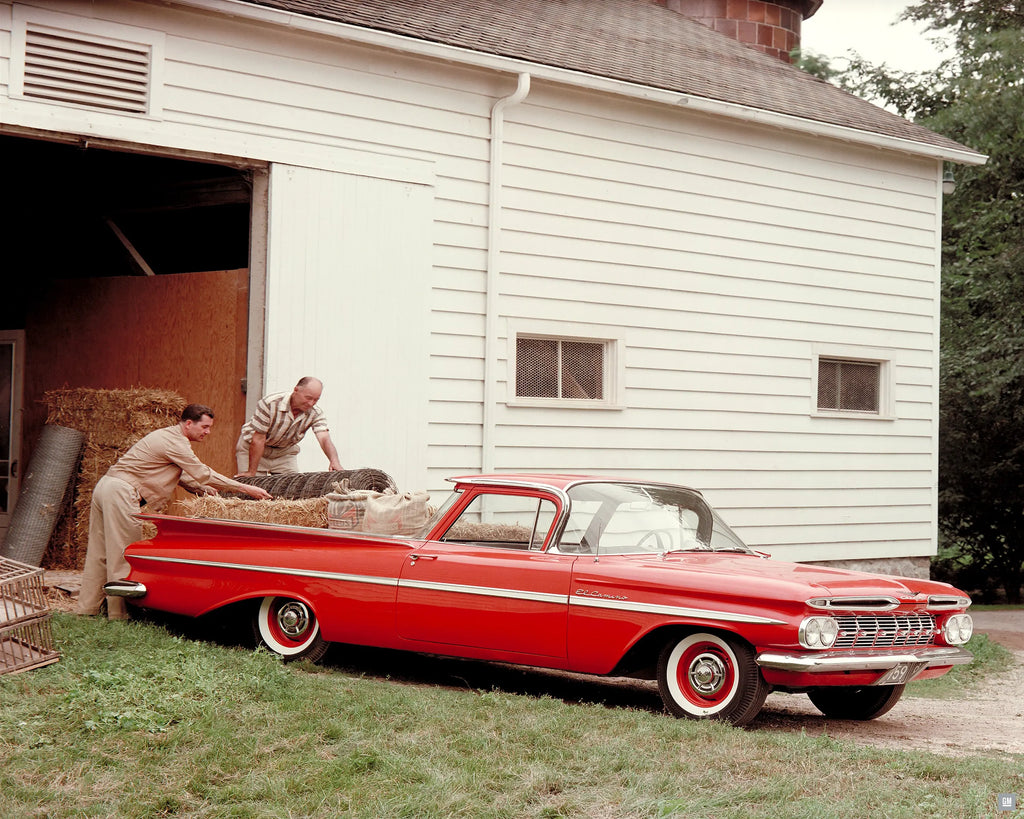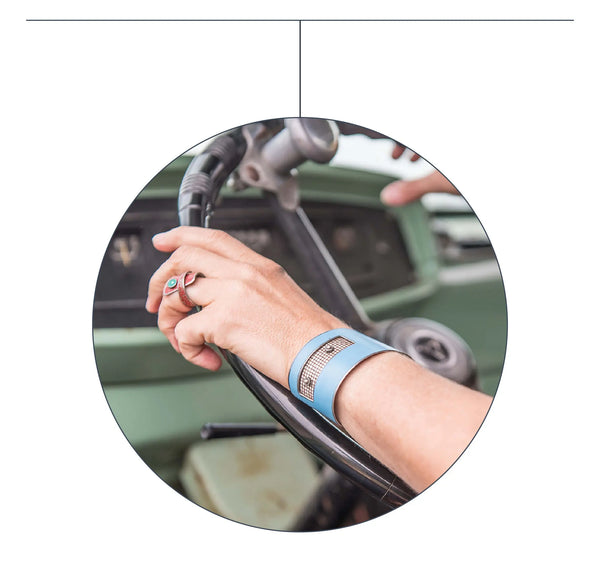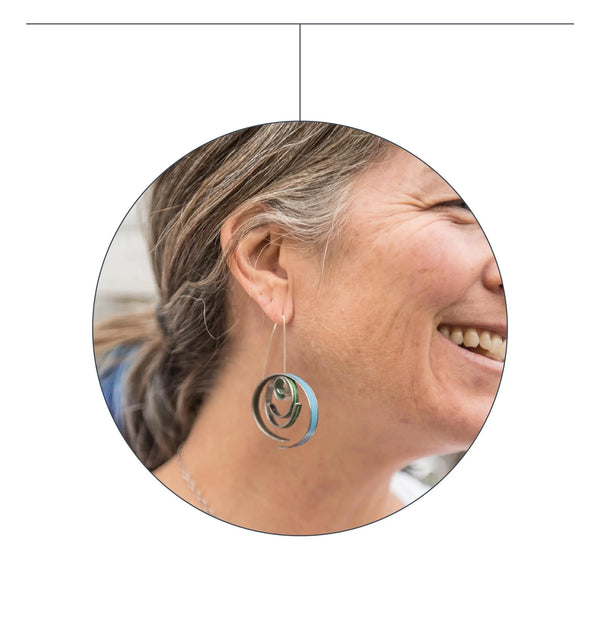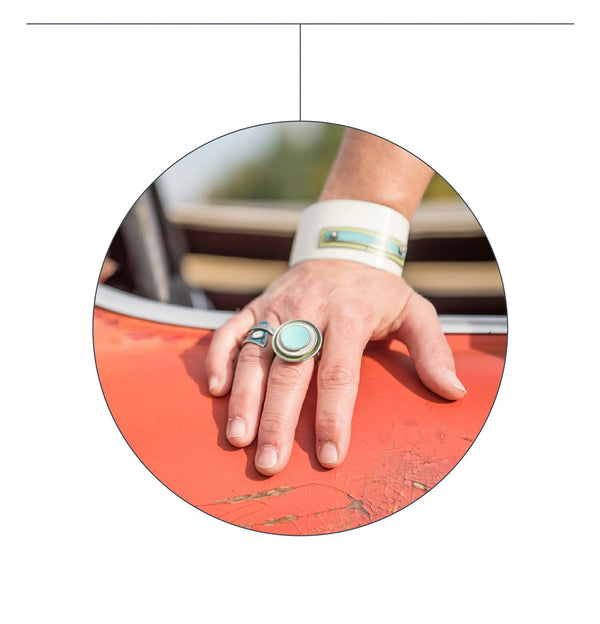
****The cover photo By Chevrolet pre-1978 - Chevrolet factory photo

The Joyride Jewelry El Camino Collection
General Motors introduced their coupe utility pickup, the Chevy El camino, in 1959. The term coupe utility originated in the 1930's, previously referred to as a roadster utility or a roadster pickup. These passenger cars styled with a truck bed were popular in the United States during the 20's and 30's but did not reappear in the American market until 1957 with the release of the Ford Ranchero. Two years later, the El Camino was Chevy's response to compete with the popular Ford Ranchero. These car based pickup trucks were filling a niche, featuring the practicality of a pickup with the performance and comfort of a car.
The first generation of the El Camino ran for 2 years, from 1959-1960. The first year of production had the dramatic flair and elegant styling of Chevy cars. Built on a Chevy Impala body, the El Camino had the "cat's eye" taillights and the iconic fashionable rear tail fins. An ad from 1959 states "Here's the handsomest thing that ever happened to hauling - the new El Camino, combining the stunning style of a 59' Chevrolet passenger car with the cargo capacity of a pickup." The El Camino was not only stylish but practical and easy to drive. Designed to be more comfortable and with better handling than a traditional pickup, Chevy offered plenty of features on the El Camino that their basic pickups did not have. They offered an array of engine options, a choice of three transmissions as well as many delux body equipment items from the Chevy catalog.
The first year of production exceeded the sales of the Ford Ranchero but fell in 1960. The El Camino was affordable when it came to a car but was ultimately less practical and more expensive than a truck. It didn't help that Ford was offering its Ranchero at a lower price. The styling change of the El Camino in 1960, with a toned down body style, flatter fins and round taillights led to sales falling even further. Production was halted for 4 years, reappearing in 1964, this time based on the Chevelle. This second generation is often referred to as the "gentlemen's pickup" and was well received, not only outselling the first generation of the El Camino but also the Ford Ranchero.
The El Camino established its place in the lineup of muscle cars with its full body makeover in 1968, remaining an American icon throughout the 1970's.
Chevy's El Camino was in production for nearly 30 years, ending in 1989, outlasing its competitor the Ford Ranchero. Whether you love them or hate them, these iconic utility pickups are considered a cult classic among car enthusiasts and remain a part of pop culture today.
|
Jarrod dismantling the the Hood |
Hood from 1960 El Camino |







